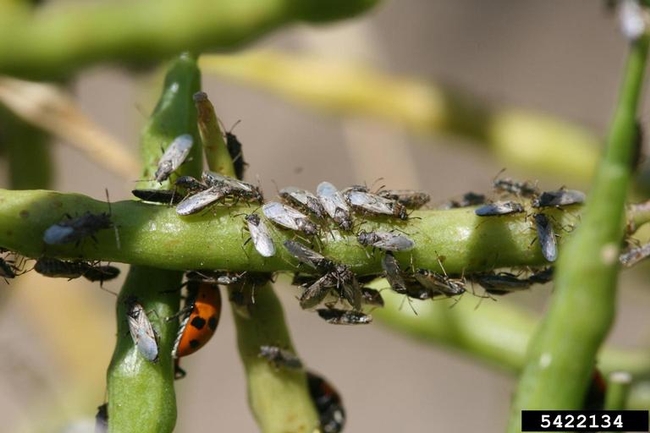The cool, wet spring that California has experienced this year comes with many benefits, but also some drawbacks. For the false chinch bug, a small insect commonly found in grassy or weedy areas, this year's weather may result in a population boom. For those who live near grassy areas, it could mean hundreds to thousands of these insects invading homes and other nearby structures.
False chinch bugs are a common springtime pest. They overwinter in unmanaged areas and often feed on winter weeds, like mustard. As spring plant growth increases, so do populations of false chinch bugs. When spring weeds die back, the false chinch bugs will then move to landscape plants and crops to feed. They are usually only a pest of seedlings, as most established plants can tolerate their feeding. However, because this year has been so cool and wet, weeds and grasses have grown much more than usual, allowing false chinch bug populations to build up.
As the weather gets hotter and drier, weeds and weedy grasses will die, causing false chinch bugs to move into landscapes, often aggregating on plants or homes, damaging young plants, and alarming residents. The migration from weeds and grasses to gardens and landscapes usually only lasts one week but this year it could be over a month.
If you live near grassy or weedy areas, consider covering your garden plants with protective netting until the migration ends. Make sure screens are well-fitting in windows and doors. Seal up openings around homes and vacuum up any bugs that come indoors. Pesticides may only provide short-term relief.
See Pest Notes: False Chinch Bug to learn more about these insects and their management.
